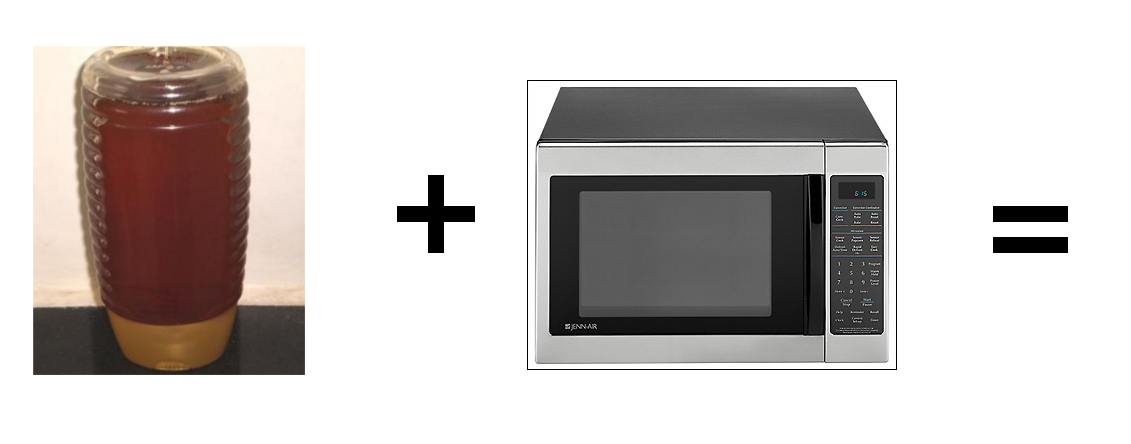Many in my family are of the mistaken notion that I only consume “fully dead” meat products.
They complain that I like my steak so dead that it has no flavor left.
I tell them that it’s not that I like my meat overcooked–it’s that I like to make sure that my meat is safe. Then I urge them to buy a instant-read food thermometer.
Why?
Because with an instant-read food thermometer, you can tell within moments that your meat is safe to eat and don’t have to rely on remarkably unreliable data about doneness–data like how pink a piece of meat is.
Last night, after my dad purchased an instant-read food thermometer, I ate a delicious steak that was cooked to an appropriate internal temperature of 150 degrees Fahrenheit (Whole cuts of beef and pork are considered safe if they reach an internal temperature of 145 degrees for at least 15 seconds.)

See that?
Note the blood pooling on my plate?
That’s a safely cooked steak. I know because I temped it personally.
I also know that my dad pulled another steak off the grill, even though my internal temperature readings were only 140 degrees. He was sure the steak was done, that the thermometer was wrong.
Once he got inside and cut that steak open, he decided differently. The thermometer was right, the steak wasn’t fully cooked.
His options now? Eat it in its potentially dangerous present state or nuke the life out of it.
He chose to eat it as it was. I would have nuked the life out of it.
But that decision could have been avoided if he’d just trusted his thermometer.
Food thermometers–making RED meat safe for everyone!
For those who are interested in how to use an instant-read food thermometer, you’ll want to insert the probe at least an inch into the side of your piece of meat at the thickest point. Wait until the temperature on the dial stops increasing.
While many thermometers have temperature recommendations listed on them, these recommendations are not safety recommendations but preference-based recommendations. Often, the temperature listed on the thermometer is higher than the safe temperature. Instead of going with these recommendations, I prefer to know the safe numbers and to cook my meats to my own preferred level of doneness once I know they’ve reached a safe temperature.
So, without further ado, I offer you a handy table of safe meat temperatures.
| Beef or pork steaks or chops | 145 for 15 seconds |
| Beef or pork roasts | 145 for 3 minutes |
| Ground beef or pork | 155 for 15 seconds |
| Poultry, whether whole or ground | 165 for 15 seconds |
| Leftovers or other reheated foods | 165 for 15 seconds |




































